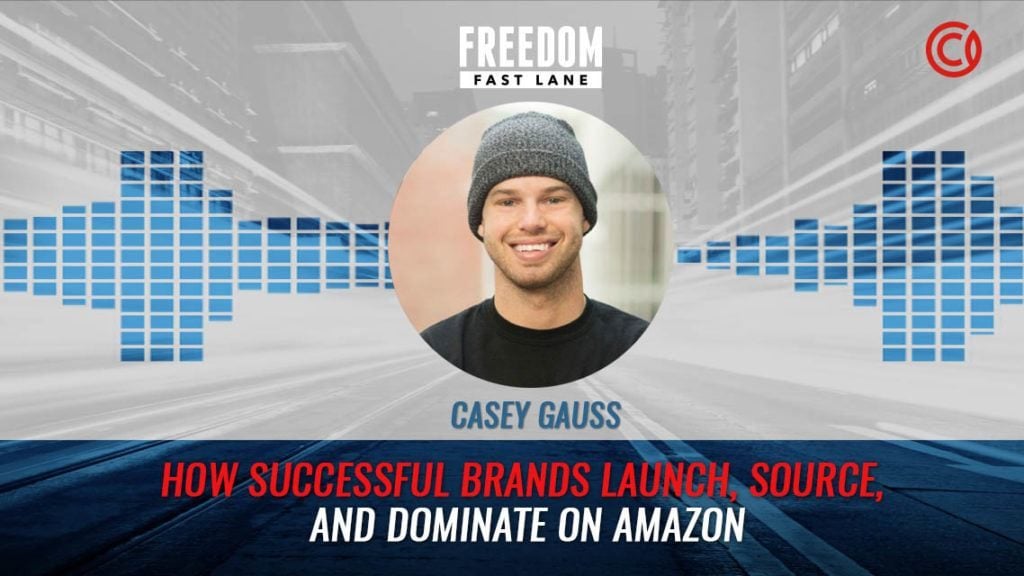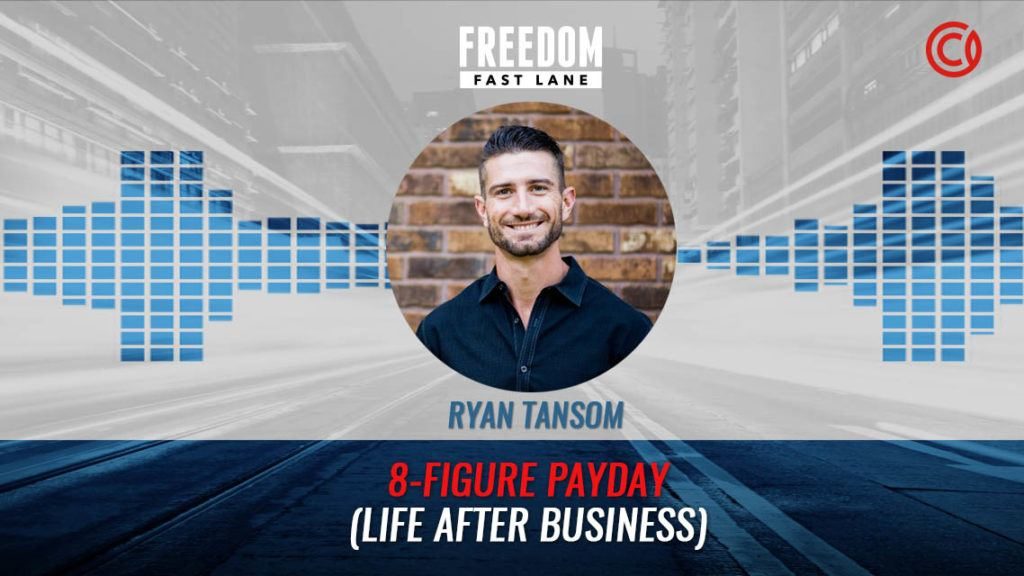More savvy entrepreneurs are discovering the secret tools the wealthy use to grow wealth tax free and protect that wealth, including a type of investment that creates what’s called a “capital warehouse.”
A popular choice among the rich, this capital warehouse is created with a unique life insurance investment that allows policyholders to strategically build their wealth and avoid taxation.
The asset tends to carry a limited downside and continues to grow even when you borrow against it, according to Sam Prentice of WealthPoint, who was recently a guest on the Freedom Fast Lane podcast with Capitalism.com founder and CEO Ryan Daniel Moran. WealthPoint buys these policies to help successful business owners put their earnings to work.
Prentice says these unique life insurance portfolios can benefit individuals who seek greater flexibility yet limited risk.
Here’s how it works: a capital warehouse provides coverage for death and for cash value. In other words, your spouse, business, estate, or the like are the protected portion of your policy.
The second half, the asset portion, is a portfolio that can be leveraged to pay expenses, lend against, or can even be withdrawn – tax-free. Essentially, you build your own, more effective banking system.
To be clear, the protected portion of their life insurance policies – the part that protects your loved ones when you pass away – is left untouched from the start. The death benefits are protected and can’t be utilized for other financial opportunities. The asset portion is intentionally there to be utilized, which is exactly what the rich are doing with them.
The cash value of a life insurance policy is tied to a specific stock index such as the S&P 500, which has limited volatility. These policies have a floor and a cap, meaning that policyholders can only lose so much money and gain so much money within one year.
Although some may see that as negative characteristic, it actually helps protect individuals from potential economic turmoil, according to Prentice.
But the reason life insurance companies can even guarantee a floor for policyholders when the economy takes a hit is in part because of economies of scale.
Unlike individuals, policy advisory firms like WealthPoint are able to buy financial assets on a larger scale and place them into a pool for all their policyholders to gain. Even if the market takes a turn for the worst, the companies are still able to meet the commitments in their policies.
And that’s not the only aspect of their policies insulating individuals from potential volatility in the market. The liquidity of their policies plays a critical role as well.
The ability of policyholders to withdraw their money tax-free from the asset portion of their policy minimizes and mitigates potential financial risks. It also positions policyholders in a unique place to stay exposed to upsides in the market when minimizing exposure to downsides.
The best part is that these policies are only one aspect of a total financial portfolio. Life insurance complements your real estate investments, business investments, and other assets. The opportunity cost is low yet the reward potential is high.
Essentially, these policies act at an alternative savings account that have the potential to grow at an average of six percent annually. After six, 10, or 12 months into your savings, policyholders can borrow against their bank account by buying a business or more financial assets. This enables policyholders to grow their income by adding another driver of returns.
But every investment comes with a risk. For life insurance policies, the main risks are carrier defaults and investment rate inversions.
A carrier default occurs when the life insurance company is no longer able to meet the financial commitments they promised their policyholders. For example, when they can’t guarantee the floor in light of economic turmoil.
Working solely with A-rated companies mitigates carrier default risk, as it’s highly unlikely an A-rated company would default. Less than one percent of life insurance companies faced a carrier default situation during the great recession.
A greater risk, however, is interest rate inversion. This occurs when the cost to borrow exceeds what one earns in the life insurance policy. This risk is more likely, and can happen during certain periods of financial volatility.
Working with the right advisor can help policyholders strategize an exit plan that enables them to walk away with minimal damage.
Would you explore creating a capital warehouse to grow your wealth? Tell us your thoughts in the comments.
MORE FINANCE STORIES ON CAPITALISM.COM:
• How to Properly Use Debt to Build Wealth
• Expert Who Sold $1 Billion in Real Estate Cautions Current Market Investors
• How a Self-Made Man Diversifies His Investments









